Martial Artists Don’t Get It
Brazilian Jiujitsu is a sport which demands a lot of energy. Some adapt extremely well to the demands and their bodies become better able to express energy – both in the short term (strength) as well as the long term (endurance). Others adapt less well. Poor adaptation can stem from many causes. Oftentimes, the demands of ordinary sport participation ((practice and competition) are insufficient. These “deficiencies in demand” can be corrected by adding “supplemental” forms of training. Strength and conditioning is not a sport. It is a special form of supplemental training that targets deficiencies in demand for the purpose of fulfilling an athlete’s potential to express energy.
To maximize the benefits of strength and conditioning, it is useful to understand that strength and conditioning is supplemental and it is meant to correct deficiencies. This mental reference should encourage the careful addition of training stress. Some parts of an athlete’s body will be severely overtrained (short-term potential fulfilled) while others may be significantly undertrained (short-term potential unfulfilled). Most often, I see martial artists being smashed by extensive whole-body programs that simply wreck recovery and discourage participation. If an athlete’s stress tolerance only has room for additional grip and neck strengthening why are they doing squats, deadlifts, box jumps, HIIT, bench presses, kettlebell snatches and monkey contortions? Most programs for martial artists have zero benefits – only drawbacks. A weight room and strength equipment are a massive benefit as they allow training to be precise and predictable. For example, it is possible to measurably increase an athlete’s grip strength while completely avoiding stress to areas that may be vulnerable (such as their lower back, neck, knees shoulders etc.).
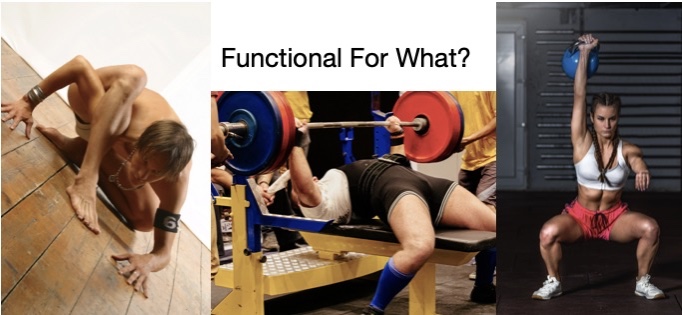
The whole point of strength and conditioning is to improve performance via increasing the potential to express energy. You want more energy at your disposal when you execute BJJ specific abilities like arm bars, grip breaking, chokes, framing, over-hooking, under-hooking, escapes, takedowns etc. etc. Always keep in mind our bodies will only enhance the energy expression capabilities of the systems that receive the demand. Clearly, strengthening your butt will not result in an improved ability to finish a rear naked choke. Strength and conditioning exercises must match abilities in terms of posture, muscle use, speed, duration and force output. This requirement for “specificity” is very nuanced – few athletes and coaches get it! For now, please consider that if the exercise you are performing (or contemplating performing) doesn’t look or feel very similar to the ability you want to enhance it is likely worthless. Consider as well that anyone teaching strength and conditioning for BJJ must be an expert in BJJ techniques. If they can’t demonstrate the techniques how can their exercises be relevant? BTW specificity also applies to flexibility as well – primal movement classes are a whole lot of work which will never improve BJJ abilities such as re-guarding.
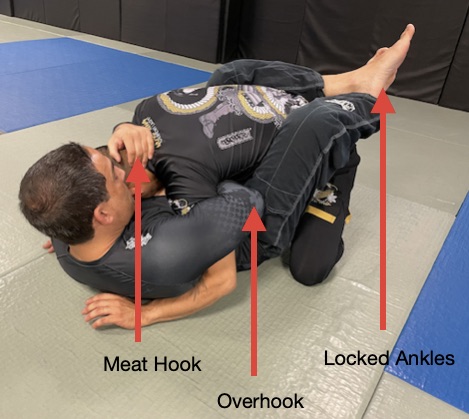
If you are an experienced, hard-training athlete that wants to increase the amount of energy that is backing your martial arts skills consider supplemental strength and conditioning. One or two exercises are fine – you don’t need to commit to “buckshot” workouts. Determine which abilities you want to work on and look for exercises that match. At the very least do not participate in completely unrelated sports like Crossfit, gymnastics, olympic lifting, bodybuilding, powerlifting or acrobatics.
Time to get it
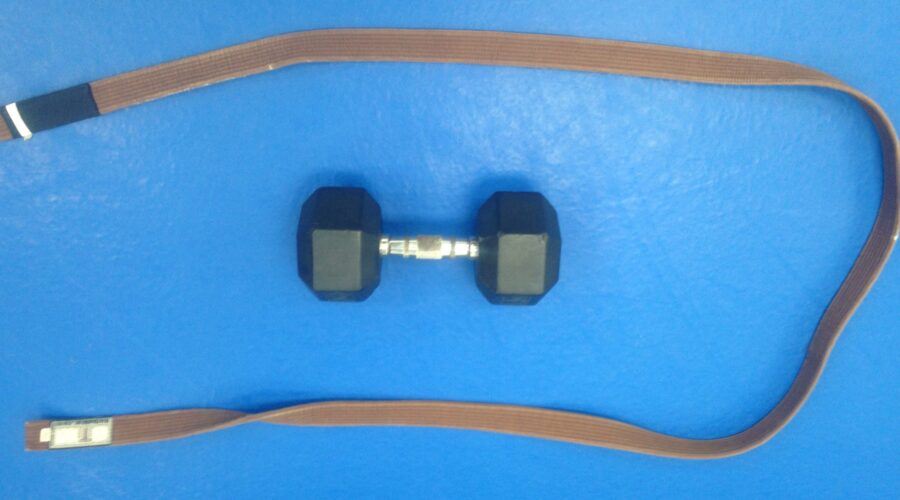
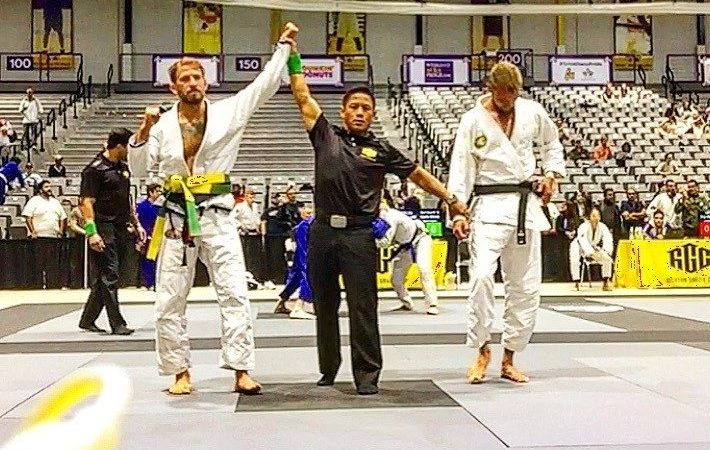
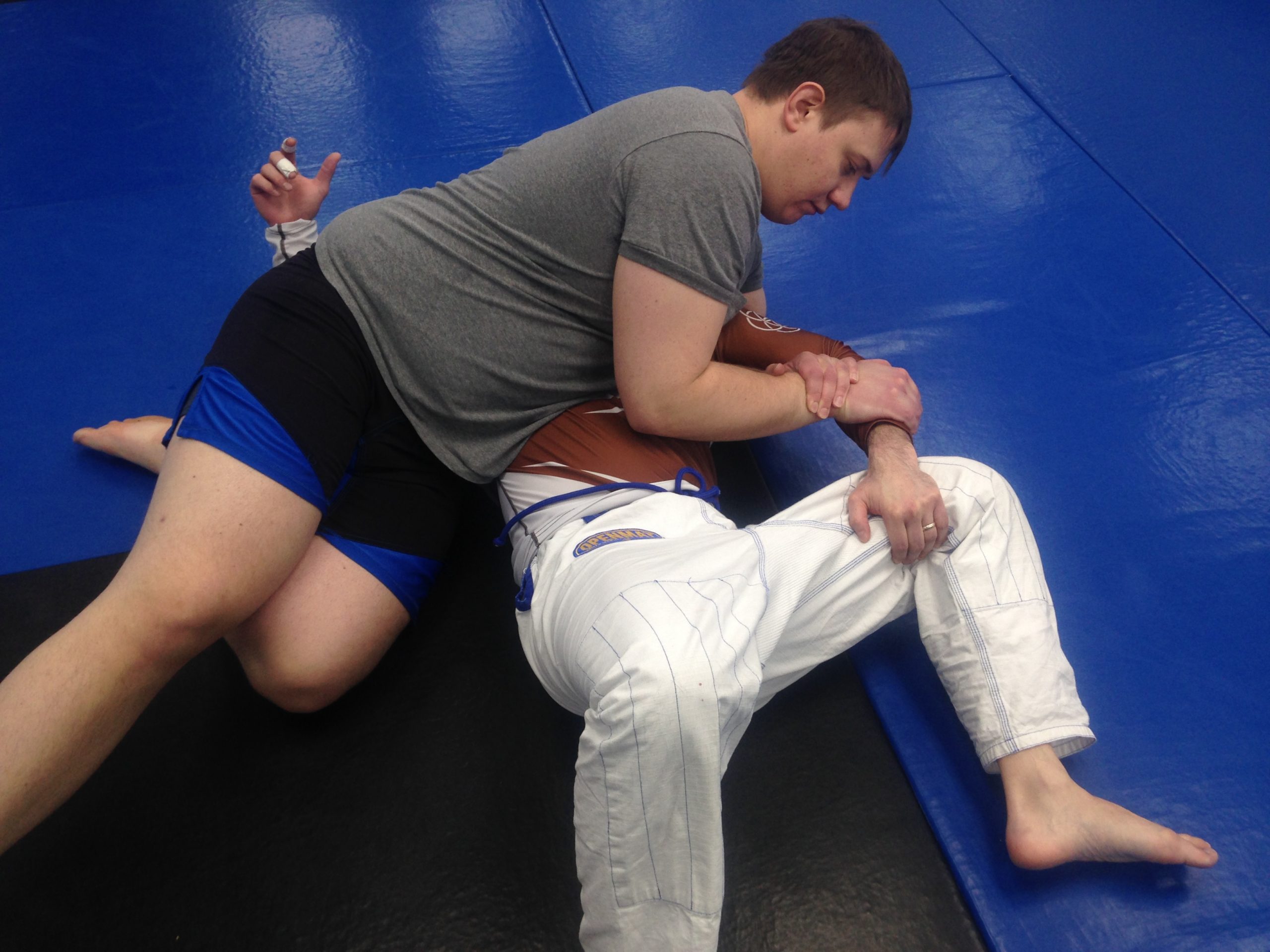






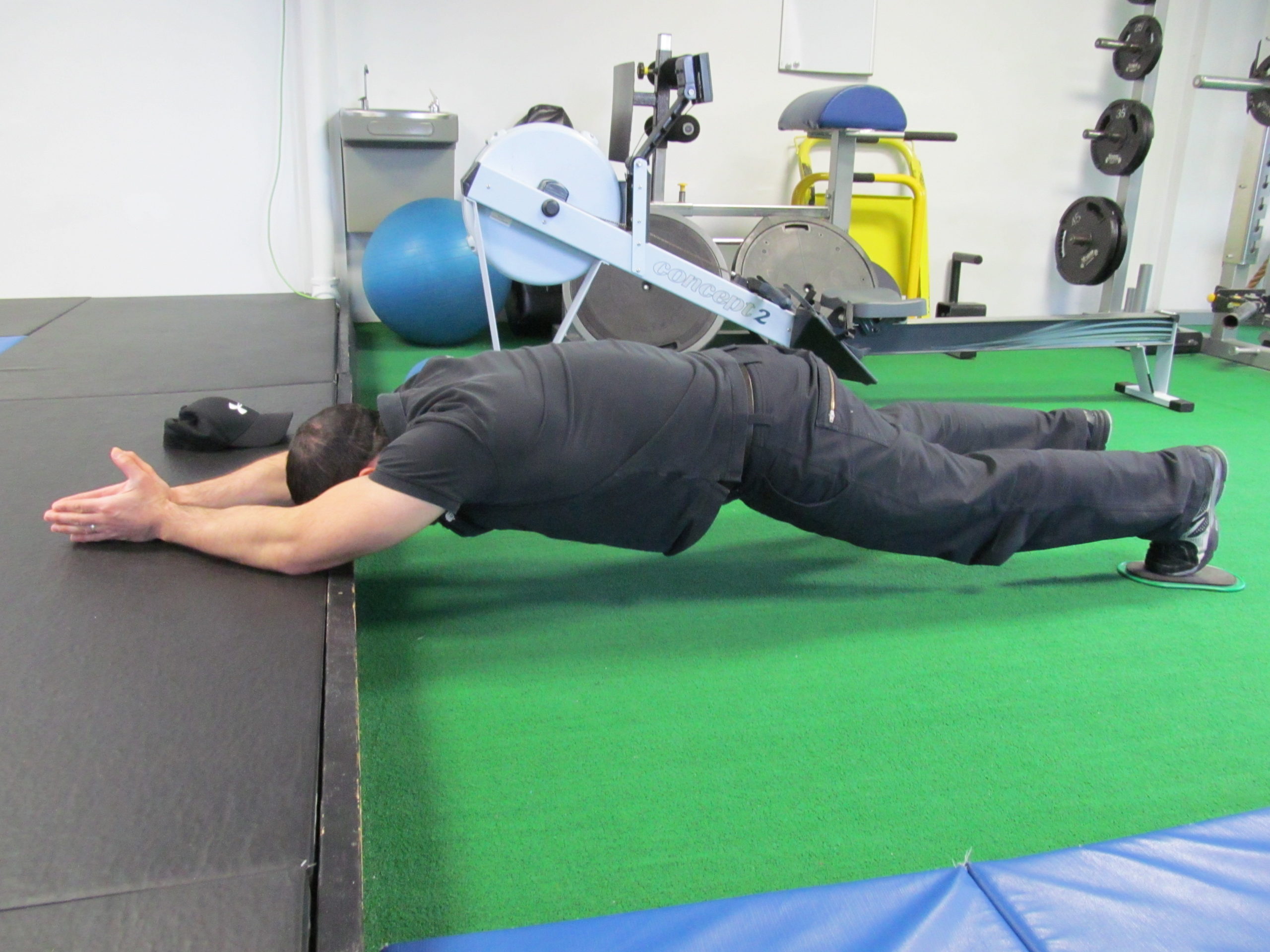
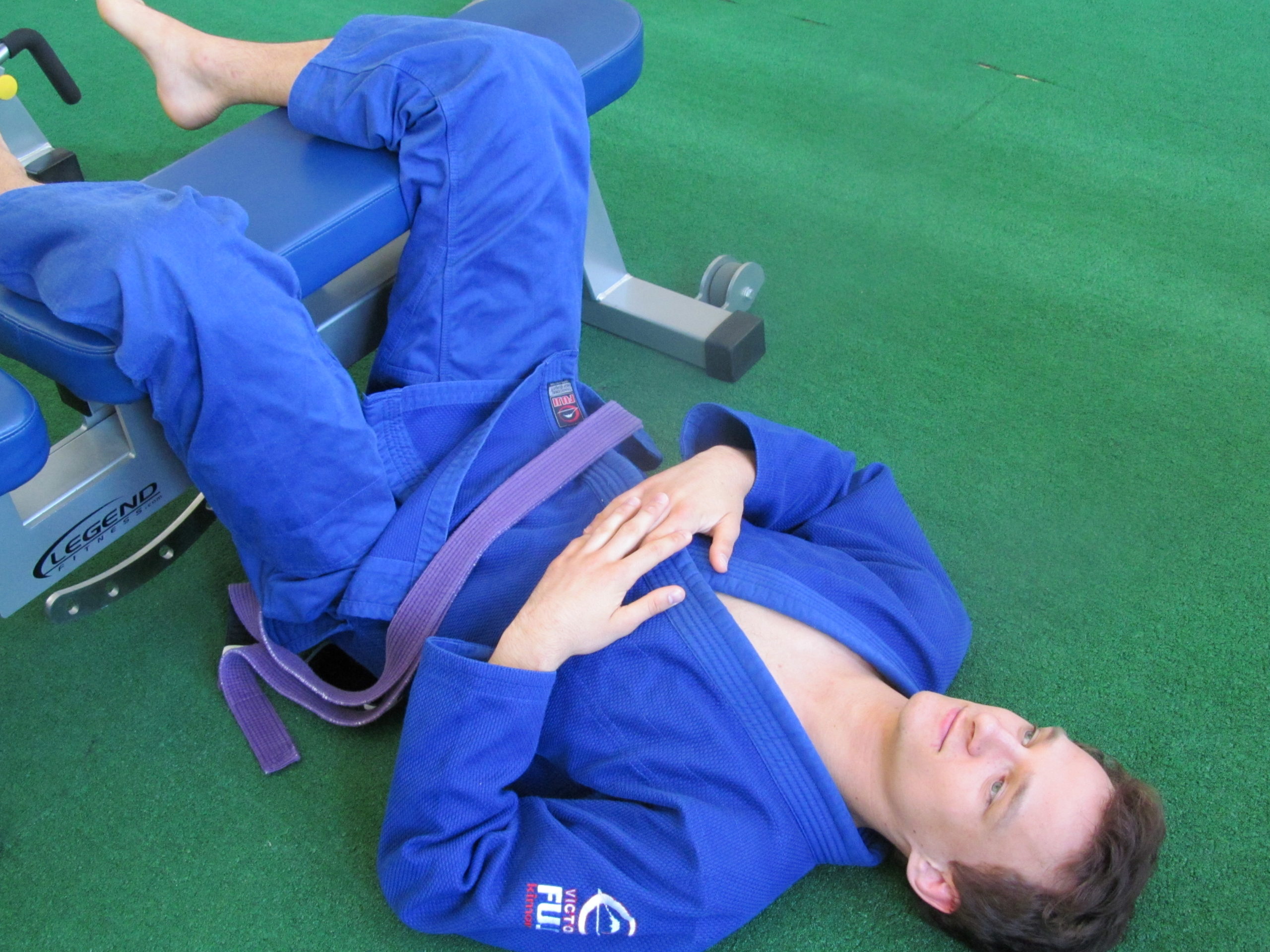
Recent Comments